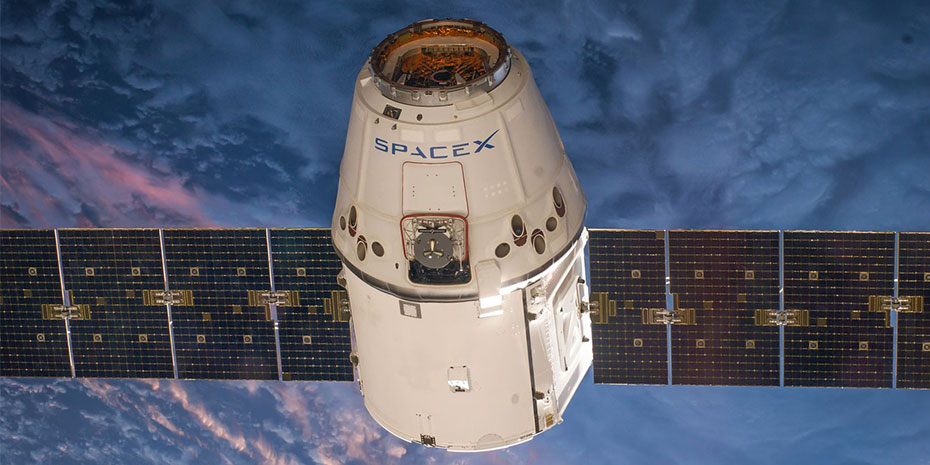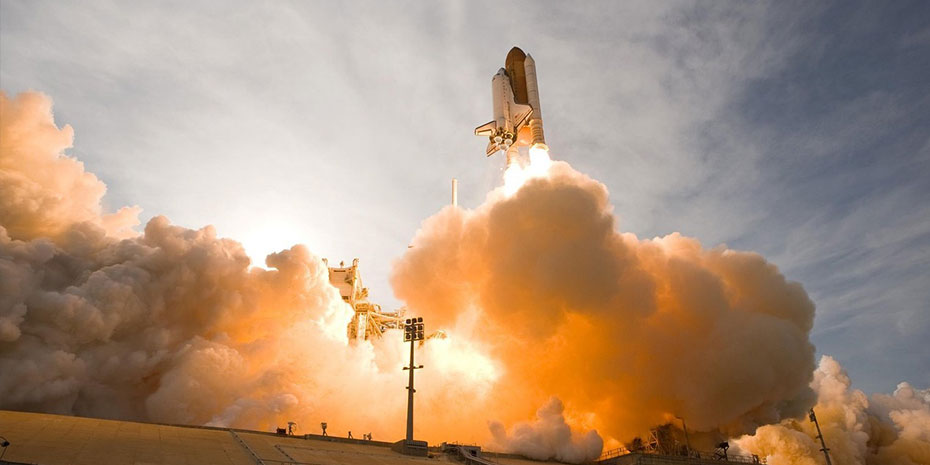Your Place in Space: Space Powers in The World Today with Dr. Namrata Goswami
| 697
She is a renowned author, scholar, and speaker. Her extensive research and deep knowledge of global space powers and space policy have made her insights invaluable to the world’s leaders and decision-makers. Dr. Namrata Goswami joins Michael Bloxton, CEO and Founder of Nebula Space Enterprise, in Episode 2 of the Your Place in Space podcast to discuss Space Powers in the World Today.
While 77 countries currently have space programs, including smaller countries like Uganda and Singapore, the United States, China, and Russia are leading the race to dominate space. Many don’t realize how close this space race is. China has written space dominance into The China Dream (China’s constitution) and Russia has already launched nuclear power plants into space. India is making competitive strides. (Learn more about freedom in space in Episode 1 of Your Place in Space, The Space Race for Freedom with Lt. Gen. Steven Kwast, USAF (RET).)
The US leads in terms of space technology and capacity, but China is close behind. Russia inherited the Soviet Union’s space program when the USSR collapsed, making them a third major space power. India is the fourth major global space power making great strides in the private sector.
China’s CEO and chairman set the vision and path forward for the corporation (i.e. country), and everything else is there to support them. This top-down structure is different from that of India or the US, where there is more pushback against decisions made by those in charge.
Dr. Goswami highlights that the Communist Party of China is ideologically driven. They view themselves as having been humiliated during a century of colonialism and exploitation by Western powers. Their focus is on developing China in a way that showcases the attractiveness of Chinese communism to the world and rejuvenates Chinese civilization and culture.
China has spent many years and a lot of money on STEM to produce a skilled workforce that can contribute globally. India has focused on developing engineering institutes to develop skills within as well. A primary difference between the US and China in R&D investment allocation is where the investment is coming from. In the US, it’s Silicon Valley. In China, it’s the government.
Despite a stark contrast in political and cultural values, there are opportunities for American engagement with China’s space program, including setting global rules and regulations, potentially through the United Nations (UN).
In the next few years, the United Arab Emirates (UAE) will play a critical role in ensuring that space remains accessible and open to middle powers. The UAE has strong military power projection capabilities and close relationships with countries like Russia, a leading global space power.
The US government needs a clear vision to maintain a lead in the space race. That being said US Constitution was written to empower the federal government to support infrastructure, not do everything. There is hope for success in space with today’s entrepreneurs in the private sector. Because of this, there is a real opportunity for humanity and for morality. While most people are good and want good things, there are bad actors out there, and it is essential to structure space governance for the good of all people.

Dr. Namrata Goswami
Senior Analyst, Academic Entrepreneur
Author
Scramble for the Skies: The Great Power Competition to Control the Resources of Outer Space
Upcoming Release:
China’s Grand Strategy and The Notion of Territoriality and Resources







